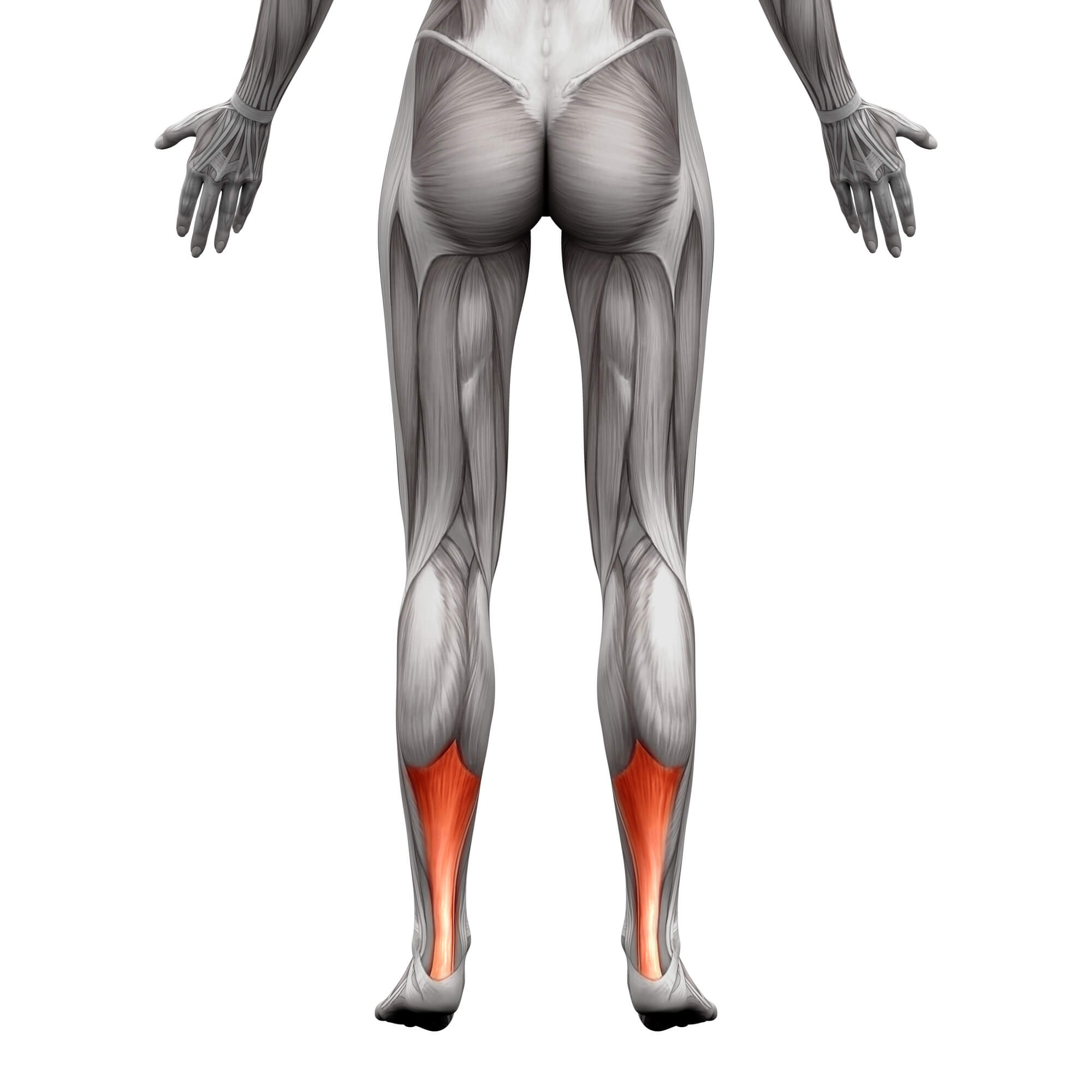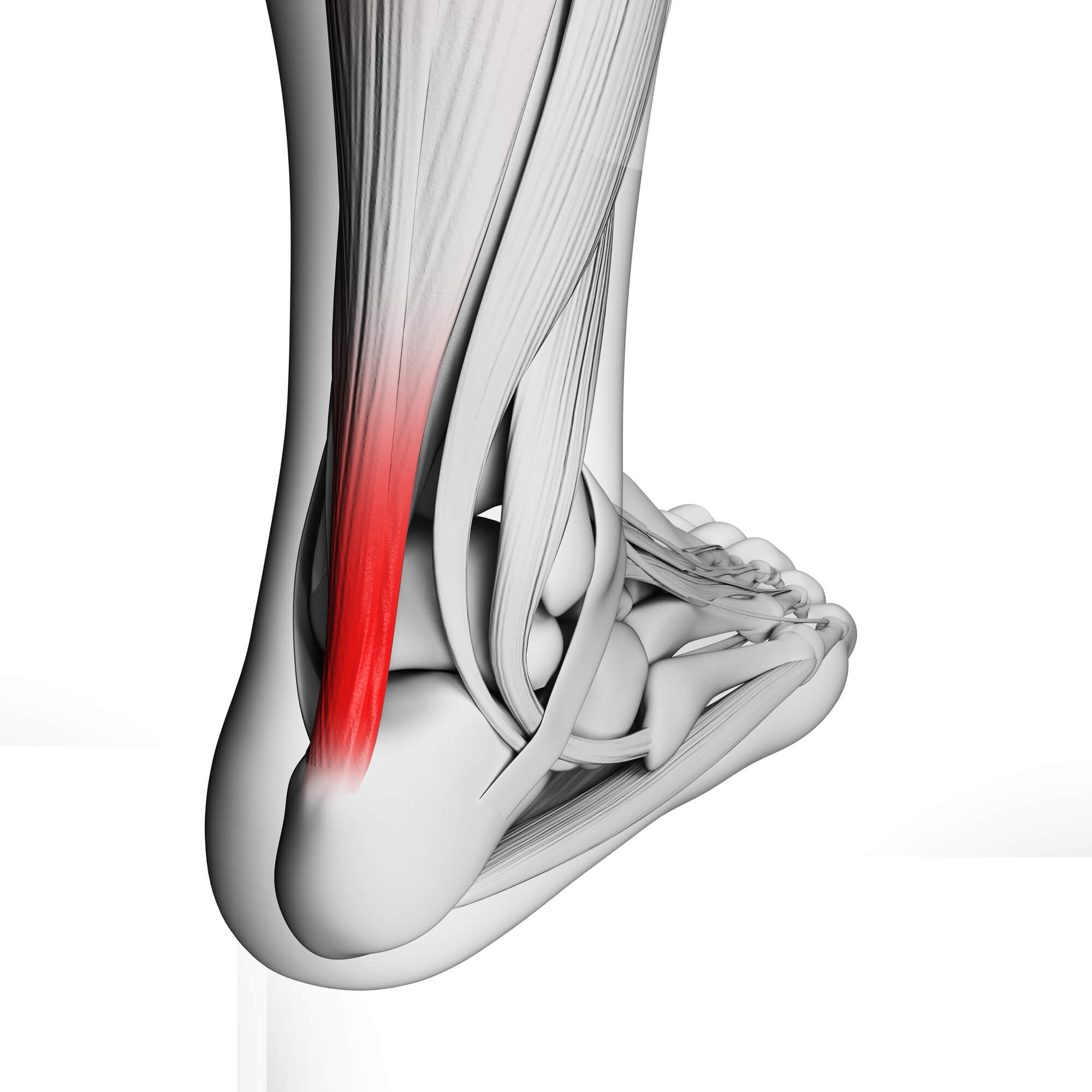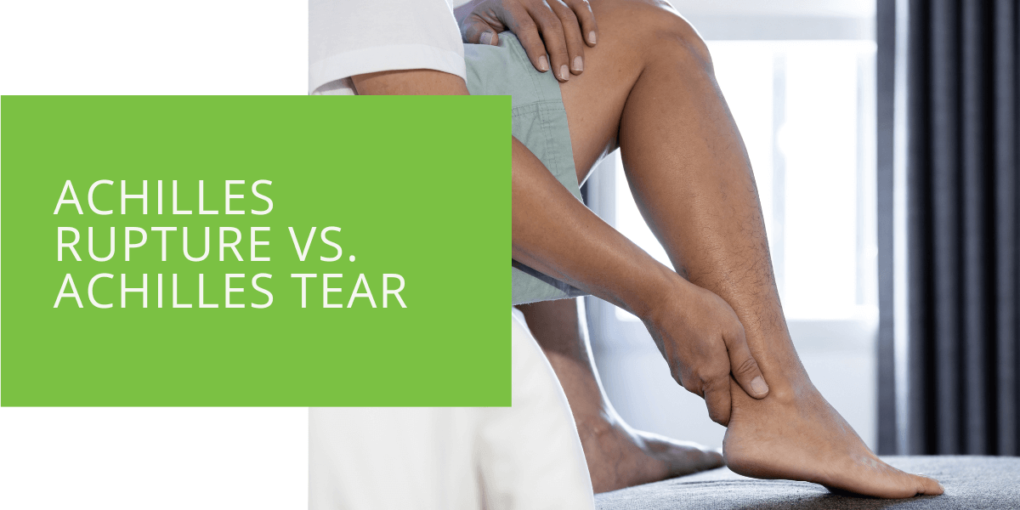Achilles Rupture vs. Achilles Tear
The Achilles tendon, located at the back of the ankle, is crucial for various activities such as walking, running, and jumping. However, this tendon is prone to injuries, with Achilles rupture and Achilles tear common occurrences. Distinguishing between these two injuries is essential for appropriate treatment and rehabilitation.
Key Takeaways
- Proper differentiation between Achilles rupture and tear is crucial for accurate diagnosis and treatment, as they have distinct characteristics and severity levels.
- Seeking timely orthopedic care for Achilles tendon injuries can expedite healing, minimize complications, and improve long-term outcomes.
- Preventive measures such as strengthening exercises, stretching techniques, and appropriate footwear can help reduce the risk of Achilles tendon injuries and promote overall foot health.
Achilles Tendon: An Overview
What is the Achilles Tendon?
The Achilles tendon is the largest and strongest in the human body, connecting the calf muscles to the heel bone. It is vital in facilitating movement, especially in activities involving the lower extremities.
Function of the Achilles Tendon
The primary function of the Achilles tendon is to transmit the force generated by the calf muscles to the heel bone, allowing for actions like walking, running, and jumping. Its strength and flexibility are essential for optimal foot and ankle function.
Common Achilles Tendon Injuries
Achilles tendon injuries can vary in severity, with common conditions including Achilles tendonitis, partial tears, complete tears (ruptures), and other forms of damage. These injuries often result from overuse, sudden movements, or degenerative changes in the tendon.
Achilles Rupture vs. Achilles Tear: Understanding the Difference
Achilles Rupture: Causes and Characteristics
An Achilles rupture refers to a complete tear of the Achilles tendon. It typically occurs during sudden, forceful movements, such as sprinting or jumping. Individuals may experience a sudden, sharp pain in the back of the ankle, accompanied by a snapping sound.
Achilles Tear: Causes and Characteristics
An Achilles tear, also known as a partial tear, involves damage to the Achilles tendon that does not completely sever it. This injury can result from repetitive stress, overuse, or sudden trauma. Symptoms may include pain, swelling, and decreased range of motion.
Differentiating Between Rupture and Tear
While both injuries involve damage to the Achilles tendon, a rupture is characterized by a complete tendon tear, often resulting in more severe symptoms and functional impairment. In contrast, a tear may involve varying degrees of damage, with the tendon still partially intact.
Symptoms of Achilles Rupture and Tear
Signs of Achilles Rupture
- Sudden, severe pain in the back of the ankle
- Audible "pop" or snapping sound at the time of injury
- Swelling and bruising around the affected area
- Difficulty walking or bearing weight on the affected leg
- Visible gap or indentation in the Achilles tendon
Symptoms of Achilles Tear
- Gradual onset of pain and discomfort in the Achilles tendon
- Swelling and tenderness along the back of the ankle
- Stiffness and decreased range of motion in the ankle joint
- Weakness or instability during activities that stress the tendon
- Pain worsens with physical activity and improves with rest
Overlapping Symptoms
It's important to note that some symptoms of Achilles rupture and tear may overlap, making it challenging to differentiate between the two injuries based solely on clinical presentation. Therefore, a thorough physical examination and diagnostic imaging are often necessary for accurate diagnosis.

Diagnosis and Evaluation
Physical Examination
A healthcare provider will assess the affected ankle for signs of swelling, bruising, tenderness, and deformity during a physical examination. They may also perform specialized tests, such as the Thompson test, to evaluate the integrity of the Achilles tendon.
Imaging Tests
Imaging studies, such as ultrasound or magnetic resonance imaging (MRI), can provide detailed images of the Achilles tendon and surrounding structures. These tests help confirm the diagnosis, assess the extent of the injury, and guide treatment planning.
Orthopedic Evaluation
Orthopedic specialists play a crucial role in diagnosing and managing Achilles tendon injuries. They have the expertise to interpret imaging findings, recommend appropriate treatment options, and oversee rehabilitation to ensure optimal patient outcomes.
Treatment Options for Achilles Tendon Injuries
Non-Surgical Treatments
- Rest, ice, compression, and elevation (RICE) therapy
- Immobilization with a cast, boot, or brace
- Physical therapy exercises to improve strength and flexibility
- Nonsteroidal anti-inflammatory drugs (NSAIDs) for pain and inflammation management
Surgical Interventions
- Achilles tendon repair surgery for complete ruptures
- Tendon debridement and repair for partial tears
- Tendon transfer procedures for severe or chronic injuries
- Postoperative rehabilitation to restore function and prevent complications
Rehabilitation and Recovery
- Gradual progression of weight-bearing activities
- Eccentric strengthening exercises for the calf muscles
- Stretching techniques to improve flexibility and range of motion
- Functional training to restore balance, proprioception, and agility
Importance of Seeking Orthopedic Care
Risks of Ignoring Achilles Injuries
Neglecting symptoms of Achilles tendon injuries can lead to chronic pain, functional impairment, and increased risk of further damage. Delayed or inadequate treatment may necessitate more extensive interventions and prolong recovery time.
Benefits of Timely Treatment
Early intervention and appropriate management of Achilles tendon injuries can promote faster healing, minimize complications, and improve long-term outcomes. Seeking prompt orthopedic care ensures comprehensive evaluation, accurate diagnosis, and tailored treatment plans.
Long-Term Implications
Untreated or poorly managed Achilles tendon injuries can significantly affect individuals' mobility, athletic performance, and overall quality of life. By addressing these issues proactively, patients can optimize their recovery and minimize the risk of recurrence.

Preventive Measures and Rehabilitation
Strengthening Exercises
Regular strengthening exercises targeting the calf muscles and Achilles tendon can help prevent injuries by improving muscle endurance and resilience. Incorporating calf raises, heel drops, and ankle dorsiflexion exercises can enhance tendon health and reduce the risk of tears or ruptures.
Stretching Techniques
Maintaining adequate flexibility in the calf muscles and Achilles tendon is essential for preventing strain and reducing the risk of injury. Incorporating dynamic and static stretching exercises into your daily routine can improve tissue elasticity and promote optimal joint function.
Proper Footwear and Equipment
Choosing appropriate footwear and sports equipment can significantly influence foot and ankle mechanics during physical activity. Opt for supportive shoes with cushioning and stability features to minimize stress on the Achilles tendon and reduce the risk of overuse injuries.
Conclusion
Understanding the distinction between Achilles rupture and Achilles tear is paramount for accurate diagnosis and effective treatment. At ePodiatrists, we specialize in managing foot and ankle conditions, including Achilles tendon injuries. Our team of experienced podiatrists and orthopedic specialists is dedicated to providing personalized care tailored to your unique needs. Don't let Achilles pain limit your mobility or hinder your performance—schedule an appointment with us today to start your journey toward recovery and optimal foot health.

